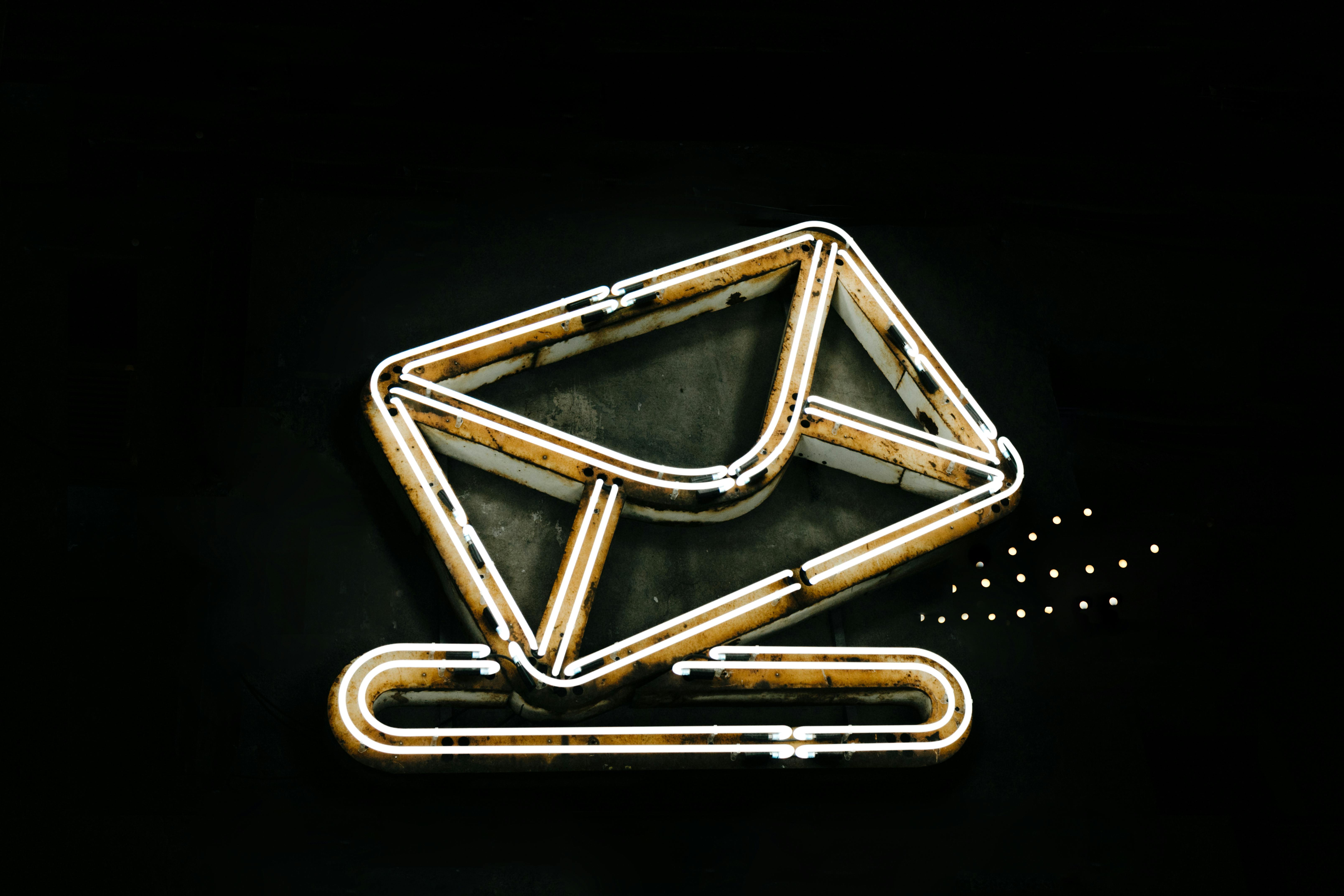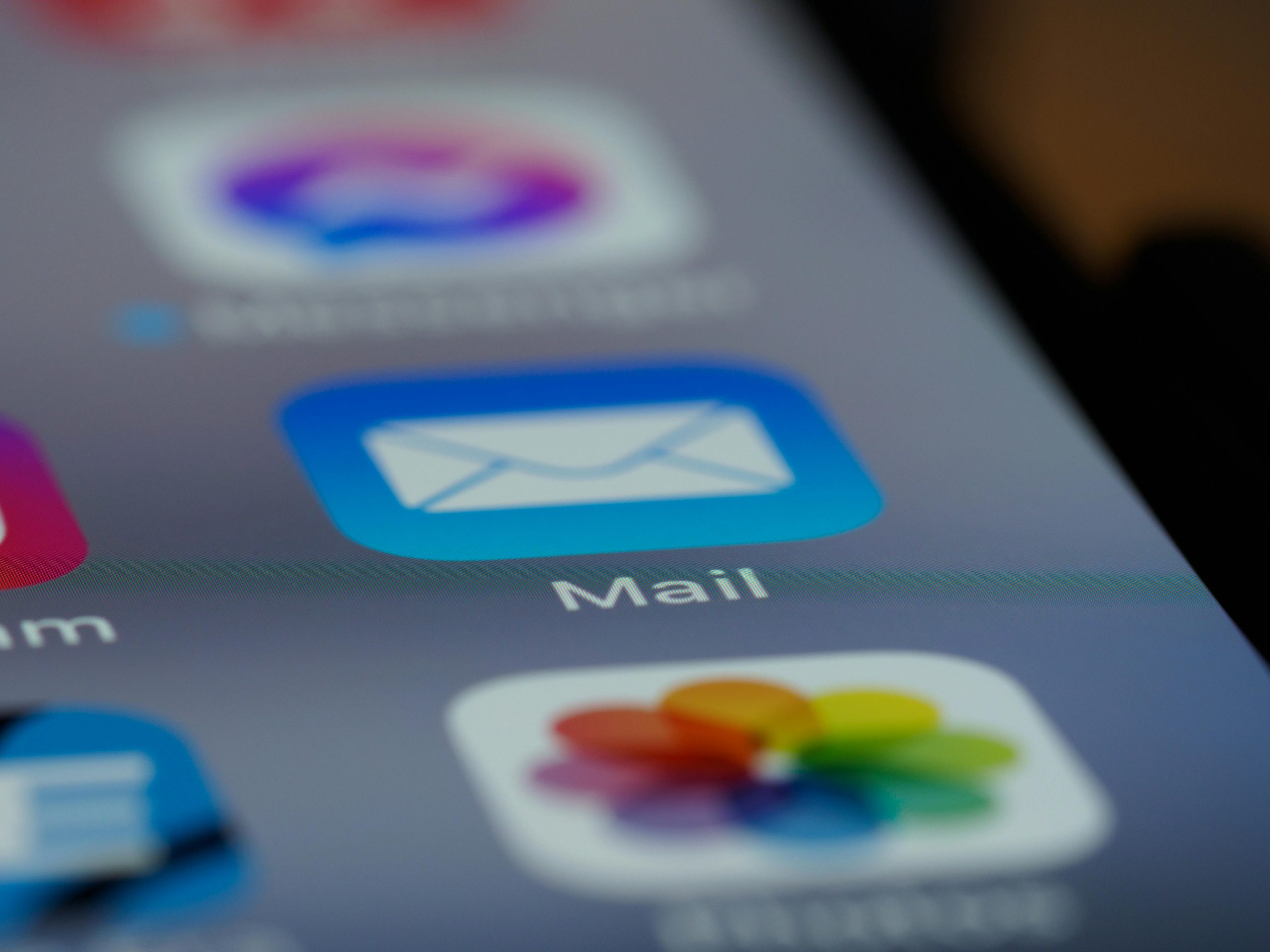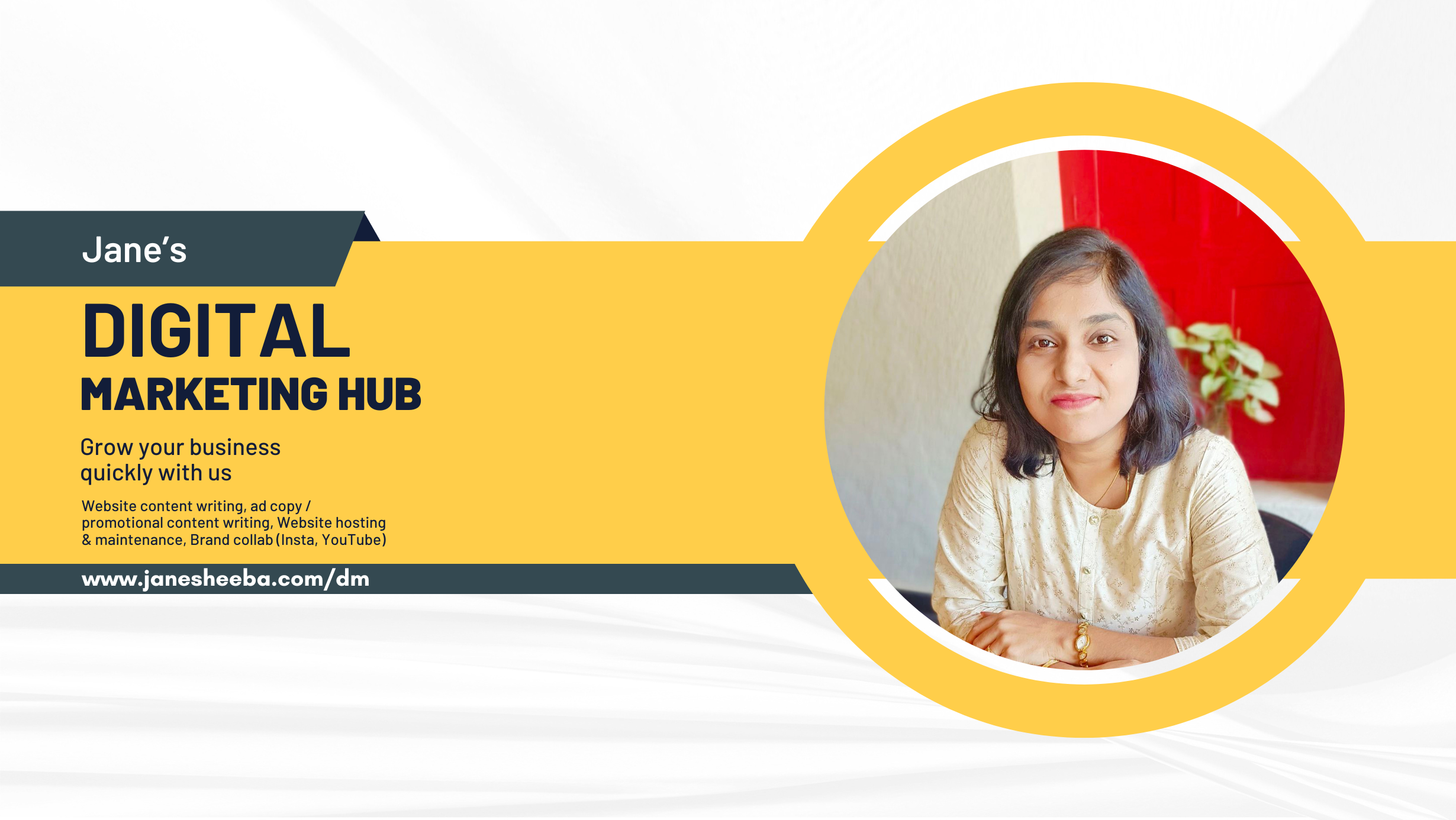Email was meant to simplify communication, but for many of us, it’s become an overwhelming beast that steals hours of our time every day. The constant ping of new messages can derail productivity, increase stress, and create a never-ending cycle of catching up. However, with the right techniques, tools, and mindset shifts, you can take control of your inbox and prevent it from taking over your life.
Let’s explore actionable steps to tame the inbox, reclaim your focus, and establish sustainable habits to handle email overload once and for all.
The Email Overload Problem

Email overload is more than just a nuisance—it’s a productivity killer. Studies reveal that the average worker spends about 28% of their workweek reading and responding to emails. That’s over 11 hours dedicated solely to managing your inbox, often at the expense of more critical tasks.
The problem lies in how email functions. It operates 24/7, and anyone with your address can fill your inbox with tasks, requests, or distractions. Without boundaries, emails can pile up faster than you can respond to them. The result? Missed opportunities, constant stress, and the nagging feeling that you’re always behind.
The good news is that with deliberate action, you can turn email into a tool that works for you—not the other way around.
Adopt the Right Mindset
Before diving into strategies and tools, it’s crucial to shift your mindset. Email isn’t your to-do list. It’s simply a communication tool. Instead of reacting to every incoming message, approach your inbox with intention.
Start by letting go of the idea that you must respond immediately to every email. Not all messages require your attention, and some can wait. Prioritize based on urgency and importance, and remember: your inbox should serve you, not control you.
Techniques for Effective Email Management
One of the most powerful strategies to combat email overload is batching. Set specific times during the day to check and respond to emails, rather than constantly monitoring your inbox. For example, you might dedicate 30 minutes in the morning, after lunch, and before the end of your workday. This minimizes distractions and keeps you focused on tasks that truly matter.
Another essential technique is mastering the art of email triage. When you open your inbox, quickly decide what action each email requires: delete, archive, reply, or defer. If an email takes less than two minutes to respond to, handle it immediately. For messages that require more thought, schedule a specific time to address them.
Unsubscribing from unnecessary newsletters is another game-changer. Over time, your inbox can become clogged with promotional emails and subscriptions that no longer serve you. Tools like Unroll.me can help identify and unsubscribe from these cluttering messages in bulk, leaving your inbox leaner and more manageable.
Tools to Streamline Your Inbox

Technology can either contribute to the chaos or help you regain control, depending on how you use it. Several tools and features are specifically designed to simplify email management.
For Gmail users, features like filters and labels are invaluable. You can create rules to automatically categorize or archive emails based on sender, subject, or keywords. For instance, receipts and invoices can go straight to a “Finance” folder without ever hitting your primary inbox.
Apps like Sanebox take this concept further by analyzing your email habits and prioritizing messages for you. Unimportant emails are sent to a separate folder, allowing you to focus on what truly matters.
If scheduling emails or setting follow-up reminders is a challenge, tools like Boomerang can be a lifesaver. They allow you to schedule emails to be sent later, set reminders for responses, and even suggest optimal times for outreach.
For those dealing with team emails, collaborative tools like Slack or Microsoft Teams can reduce inbox traffic significantly. By moving conversations and quick updates out of email and into a team-based platform, your inbox becomes reserved for more formal or critical communications.
Creating Sustainable Habits
Taming your inbox isn’t a one-time event—it’s a continuous process. To prevent email overload from creeping back into your life, establish habits that support long-term efficiency.
One of the simplest habits is setting boundaries with colleagues and clients. Make it clear when you’re available to respond to emails and when you’re not. Adding an auto-reply that outlines your email hours can help manage expectations without you needing to overexplain.
Another habit is committing to “inbox zero” at least once a week. Inbox zero doesn’t mean you reply to every email; it means organizing your inbox so that no unread or unprocessed messages remain. Use the triage method to ensure nothing lingers longer than necessary.
Finally, commit to decluttering your inbox regularly. Just like a physical workspace, a clean inbox fosters productivity. Archive old threads, delete irrelevant messages, and reassess your filters periodically to keep things running smoothly.
The Emotional Toll of Email Overload
Email overload doesn’t just affect productivity—it can also take a toll on your mental health. Constantly being “on” and feeling pressure to respond immediately can lead to burnout, anxiety, and a diminished sense of control.
Acknowledging these emotional effects is the first step toward creating healthier habits. Give yourself permission to unplug from email during non-working hours, and don’t be afraid to delegate tasks or say no to requests when needed.
It’s also important to celebrate small victories. Every email deleted, unsubscribed, or handled efficiently is a step toward mastering your inbox. Recognizing your progress can motivate you to keep refining your approach.
The Payoff: A More Productive, Stress-Free Workflow
When you take control of your inbox, the benefits ripple across all areas of your life. You’ll find yourself less distracted, more focused on meaningful work, and with more time for personal pursuits. Your relationships with colleagues and clients will improve as communication becomes clearer and more deliberate.
Ultimately, taming the inbox is about reclaiming your time and mental energy. By approaching email with intention, leveraging tools, and building sustainable habits, you can transform your inbox from a source of stress into a streamlined tool that supports your goals.
Email overload doesn’t have to be a permanent part of your life. With the right strategies and mindset, you can conquer your inbox once and for all—and never look back.






Such a timely and practical post! Email overload is something many of us struggle with, and your tips for taming the inbox are spot on. I can’t wait to implement some of these strategies and get my email management under control. Thanks for the helpful advice!
This post is a game-changer! Email overload can be overwhelming, but your tips for taming the inbox are super practical and effective. I especially love the advice on organizing emails and setting boundaries to prevent burnout. Thanks for sharing these actionable strategies — they’ll definitely help anyone struggling to keep their inbox under control!
Such a timely and valuable post! Email overload can feel overwhelming, but your tips on taming the inbox are practical and easy to follow. I especially like the idea of setting aside specific times for checking emails. Do you have any other strategies for staying organized long-term? Thanks for sharing these great insights!
Glad you liked it! Thanks for stopping by 🙂